The Mamiya C330 is one of those cameras that ‘got away’ for me. TLRs are a bit of a love hate relationship. When I was starting to shoot medium format, I spent many nights trawling through the internet looking for information about what is out there, and more importantly what could I afford.
You can skip down a bit if you just came for the Mamiya C330 review. Read on if you want to know the history of the Mamiya TLRs though the telling of a wee lad getting into film
The history bit
After a while I managed to make a list of requirements, I would like it to be a 6×6 format, it had to have a waist level finder and cost less than my liver. And in Vietnam, there’s only so many options at the time, most of them were East German Pentacon Six, or Soviet made Lubitel TLRs. They aren’t the best but seeing that in Vietnam anything other than those two falls into the ‘collectors/antique’ market, meaning you’d need to pay an arm and a limb to a scalper for one.
And after a couple of calls and a 20 kilometre drive, I managed to find an older gentleman who had both of these cameras that he is willing to let go at a decent price. The moment I picked up the Lubitel was the moment I developed a love hate relationship with TLRs, the finder albeit a waist level, was horribly small and dim; this made the one in the Pentacon look like you’re peering directly at the sun. But that’s for another day.
What started my interest with the C series was when that gentlemen decided to show me an original Mamiyaflex, the thing was also a TLR but it was leaps and bounds better than the 166s. Everything about it was satisfying, the look of it and the way that it felt in my hands when I picked it up. I knew it was a serious bit of kit, but I’ve never heard of this model before so I just assume that it was some kind of exotic thing that would cost about a million quid. Unfortunately that camera wasn’t for sale and I didn’t really like both of the other options, so I shook the man’s hand, thanked him and left.
But during the way back from the middle of nowhere to my house, I kept thinking about that camera and how strange it was. Even for an ‘antique’ camera, it didn’t look like the Lubutels or the Rolleiflex I’ve been looking at. It was big, clunky and just odd. Later, I spent the whole night looking up information about my new discovery, after a while I managed to figure out what it was.
The “C series”
Mamiya made a bunch of TLRs under the Mamiyaflex name, starting with the original Mamiyaflex Junior around the late 40s, these are what I call Rollei clones. As they all had the same look, the 90 degree bend in the film path and the lenses attached to a front ‘lens board’ and that would move in and out a bit as you focus; some of the more budget oriented models had a gear system that would link the two lenses together and once you focused one the other would be dragged along for the ride, and if the gearing is correct you’d get focus.
In 1952, Mamiya made the Mamiyaflex C which was the thing I held, and it was the first TLR to have the bellows focusing system from the company, and a flat film path in any TLR. This original design didn’t last for long as they were replaced near immediately by the C2. Mamiya kept the name up until 1962, with the release of the C3 they dropped the ‘flex’ suffix from it’s name, probably to differentiate the new bellows focusing cameras from the older ‘Rollei clones’.
Later in its life the C3 then became the upgraded C33, which then spawned a lower priced C22, which lacked the advance crank, and was replaced with a more cost effective knob. And finally in 1969, the first Mamiya C330 ‘Professional’ model was released, I say first because later down the line they would revise the design and release them as the upgraded ‘Professional F’ and ‘Professional S’ models.
That’s nice and all but what do you mean by bellows focus and flat film plane, and what is with all the numbers and letters.
Allow me to elaborate, the focusing system on the C series of cameras was one of the most unique things that brought the fight to the Germans, unlike the Rolleiflex, or most TLRs you’re not limited to a pesky 1m (5ft~) minimal focus. As the C series camera with the 80mm ‘standard’ lens can get you to ~12cm (~5in) of your subject. This means that if you want a really tight headshot of somebody, you don’t have to find and fidget with the adapters that would allow the camera to focus closer, just turn the knob a bit further out the bellows will extend and you’re good to go.
Another trick that these bellows focus C series had was they all used a flat film plane, now what that means is unlike other TLRs where you have to feed the film though a 90 angle bend when loading the camera, the C series just had a straight path from the supply to take up the spool. As I’ve been told this design helps reduce the film being damaged or crumpled up which might happen with the older style of loading.
The Mamiya C330 Review
So with the lengthy history lesson out of the way, we return to the modern day with my Mamiya C330F. After about 6 years since I’ve held one, I have what arguably is the best of the C series camera in my arsenal. Like the RB67, the Mamiya C330 series of cameras are below focus cameras. Which is great for those who prefer a one lens setup, we will get to the Mamiya’s party trick later on. For now, the bellows means that you basically have the ability to get up real close and personal to your subject, that is if they are willing to wait a bit for you to focus and frame up the shot, again we will go into details on that a bit later on.
The body, while being a TLR, in the same vein as the ever famous Rolleiflex. Mamiya’s approach to the design seems to be a bit more visceral, a bit more barbaric in ways. This is not to say that it is a ugly thing by any chance, rather its’ very sexy in ways, a very utilitarian like physique, designed and built to get the job done, something akin to its bigger cousin the RB67 series. Everything on the camera feels solid, the knobs, and switches have that satisfying clunk to it when you actuate them.
Something of note is, my Mamiya C300F came with the 80mm f/2.8 lens, so most of the views here will be with that setup.
Using the Mamiya C330
So what is it like to use this monster of a camera? Interesting to say the least, being a TLR you have to deal with with parallax, what this means is because you don’t really see what you’re going to be committed to film, rather what you are seeing is just a bit higher than what is going to be photographed. This really doesn’t affect normal shooting, so anything from 1m (5ft~) to infinity is like any other TLR, or camera if it’s in the viewfinder, it’s going onto film. But closeups can be a bit of a process, the people at Mamiya knew this and thought of a very clever way to combat this.
When you focus the camera, a little red bar will come down into your viewfinder as you close your focusing distance, and that red line is now the top of what is going to be exposed to film. So if you want to shoot something up close, just be mindful that whatever is below the line is going to be on film, so you might want to lift, or tilt the camera up a bit to get everything in frame. One again the lovely people at Mamiya came to the rescue with the cleverly named ‘Pramender’, they made 3 versions of this contraption.
What it is essentially, is a car jack for your camera, attach this to a tripod head and then your camera onto it, compose the frame as you would. Then give the Paramender a crank, and the ‘taking lens’ is lifted up to where the ‘viewing lens’ was. This means you don’t need to work out what is going to be in frame or not, which leaves more time to immerse yourself with the experience.
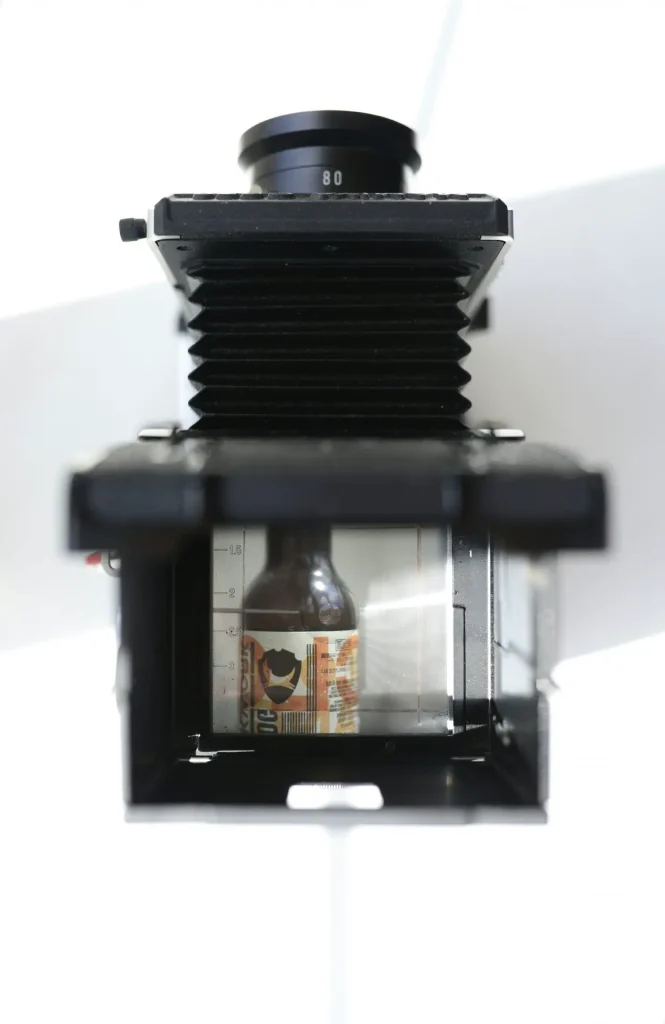
Now that’s all nice and good, but say that you want to get a very nice look from a telephoto lens for your work. With the Rollei, you’d need to fork out another kidney for a Tele-Rolleiflex, which admittedly is very sexy and superb in all regards. The Mamiya C330, despite its brutish looks, actually has a very elegant way of handling this. Just take the lens off and stick a telephoto on it. And this is the C series party trick, they are among the very few TLRs that can change lenses, the only other that I can recall is the KoniOmega camera.
Changing lenses on the Mamiya C330 is rather quick, on the side of the camera there’s a knob that says ‘Locked’ and ‘Unlocked’, flip it over to ‘Unlocked’. This lifts up a little door inside the film chamber that blocks the film from being exposed to light when you take off the lens, it also puts up an indicator in your viewfinder saying that it’s not ready to shoot. After this, set your focus to infinity, basically making the front ‘lens board’ touch the body, this deactivates a safety lock to keep you from taking the lens off before the knob is in the ‘Unlocked’ position and the baffle is lifted. Finally depress the lens retaining tab on the body and lift the lens out and put on your desired focal length, then reverse the process. A bit of a process but I assure you it’s rather intuitive when you get the hang of it.
Talking about glass, Mamiya offered an excellent range of lenses, anything from a 55mm (28mm equiv in full frame terms) to a 250mm behemoth (~135mm equiv in full frame). Some of the later production series of lenses for the cameras was dubbed the ‘blue dot’ lenses. Think of them as the red ring on L-lenses for Canons, the best that the manufacturer can offer at the time. While there are debates about the validity of the claim, with some sources saying that the blue dot only means that it used a new shutter and nothing more, you’d also find those who will stick to their guns and say that their blue dot lenses are superior to their counterparts. Me? I’m in neither camp, I just know what all of them are blooming brilliant.
So with your preferred focal length on the Mamiya C330, how do you even make this thing work? Unlike the Rolleiflex loading the C330F is really simple, there’s no bend in the film path, or the clever automatic loading system. Rather it’s a typical medium format loading procedure, just insert your new roll at the bottom position, pull the paper to the take up spool, insert and wind it until the start arrow lines up with the marker. If you loaded one, you’ve done all sorts of things. Of note, the body takes both 120 and 220 film, the latter of which is pretty much extinct, so I’d recommend checking it to see if it’s on the 120 setting unless you’re shooting older stock.
Once the Mamiya C330 is loaded, film back is closed, grab the nifty crank and wind it forwards till it stops. Even if the frame counter is at ‘1’, just keep on winding till it stops, I’ve heard that if you don’t give the crank the full rotation it can lead to spacing problems. Another thing to remember is there is no ‘backstroke’ on this like on the Rollei, it only winds forwards, but with one stroke it both advances your film and resets the shutter. Matter of fact you can see the little toggle arm pushing down on the lens ‘cocking’ lever as you wind the body.
On the matter of shutters, the C series of lenses all used leaf shutters, which is built into the lens itself. This means among many things, you don’t have to worry about camera shake as there is no mirror slap or shutter shake, since the actuation is really soft and smooth. And if you’re into flash photography, this also means that you can sync your flash at any speed. Clever stuff isn’t it?
Another neat trick is there’s 2 shutter buttons on the Mamiya C330 body, one on the front of the body, and another where your finger would naturally rest, both are lockable so you don’t have to worry about losing a frame. Squeeze the shutter and click it goes, wind on and repeat. And if you want to shoot a double exposure, flick the switch near the advance crank to ‘Multi’ and the crank will only reset the shutter, and it doesn’t have a limit on how many exposures you can make on one frame. So do remember to switch it back to single mode, less you want to see all 12 of your photos on one frame.
While I can sit here and drone on about how the C series film plane design is superior and how it should have beaten the Germans, with its various advances. For now, I leave you with what all this precision engineering can do.
(I do hope you would excuse me for the appalling subjects in these photos, COV-19 is making it hard to go outside)
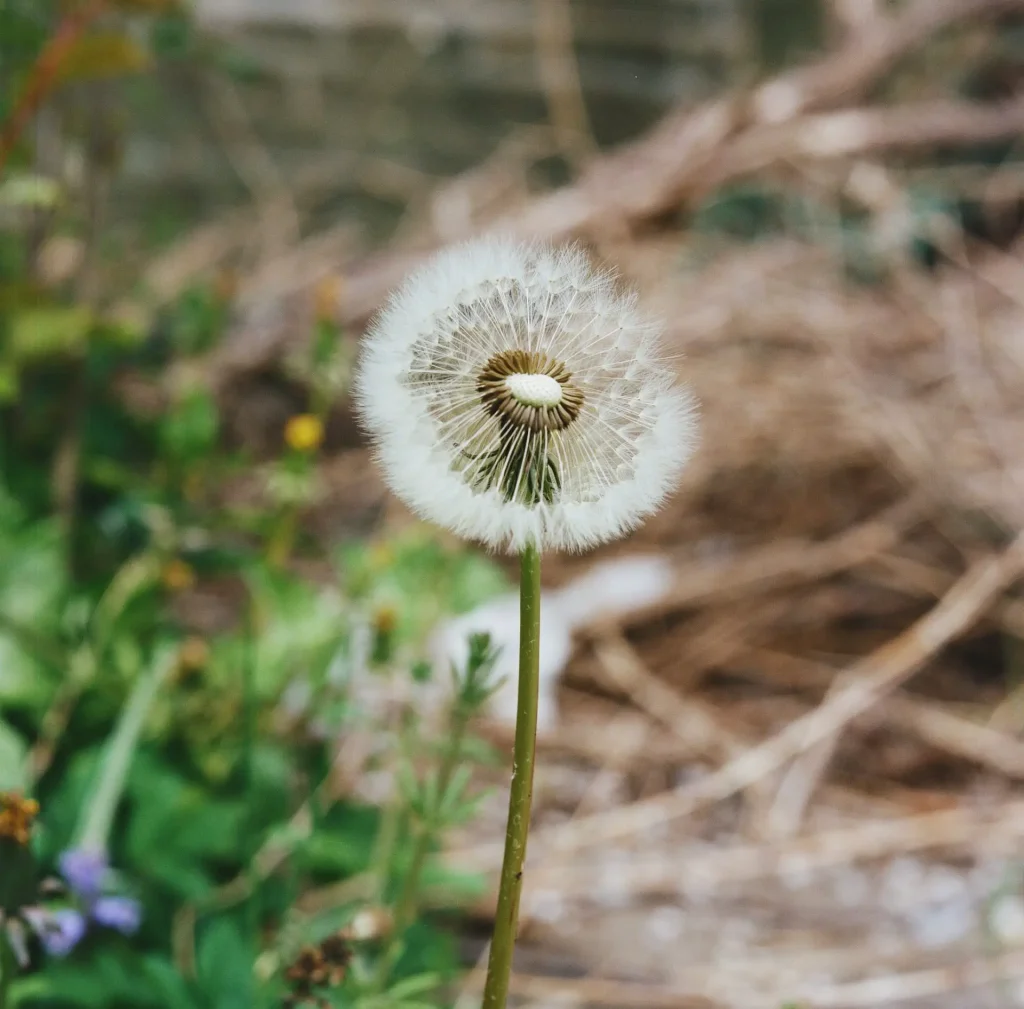
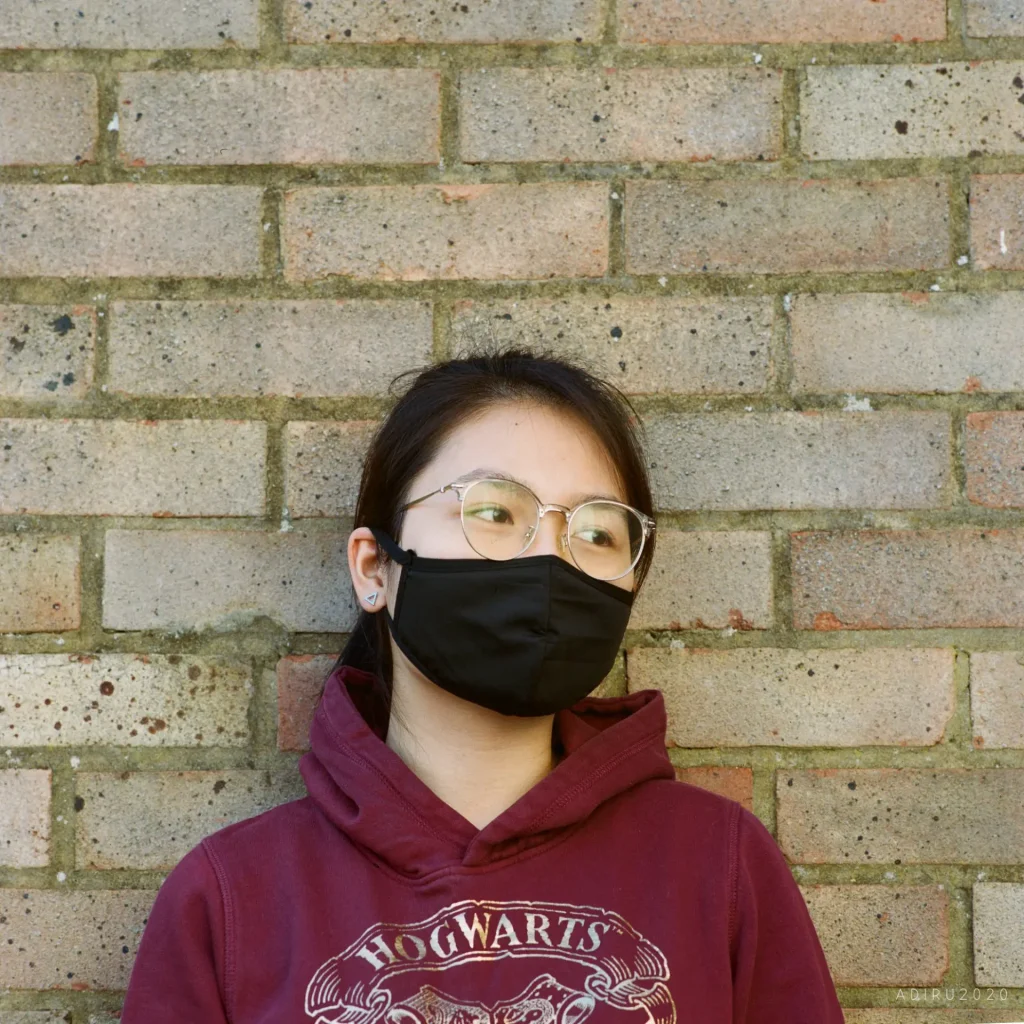
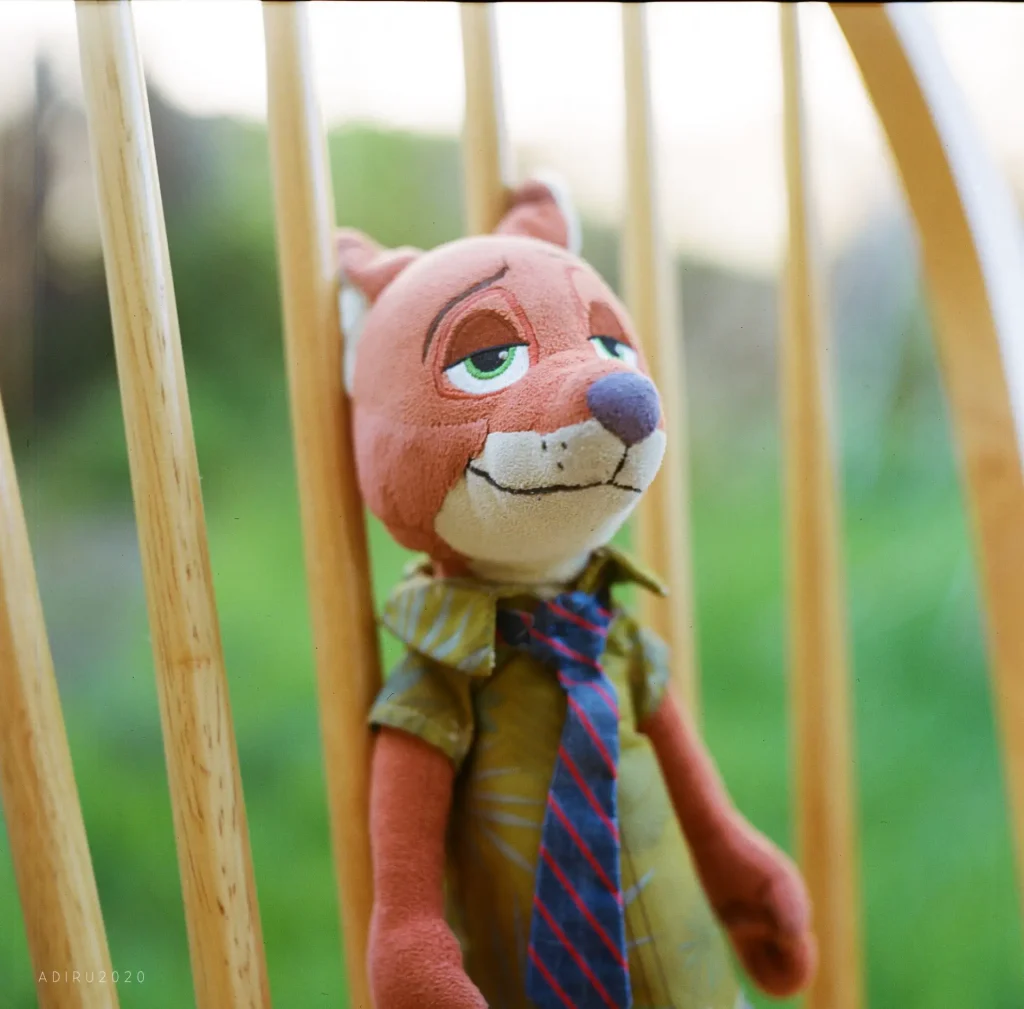
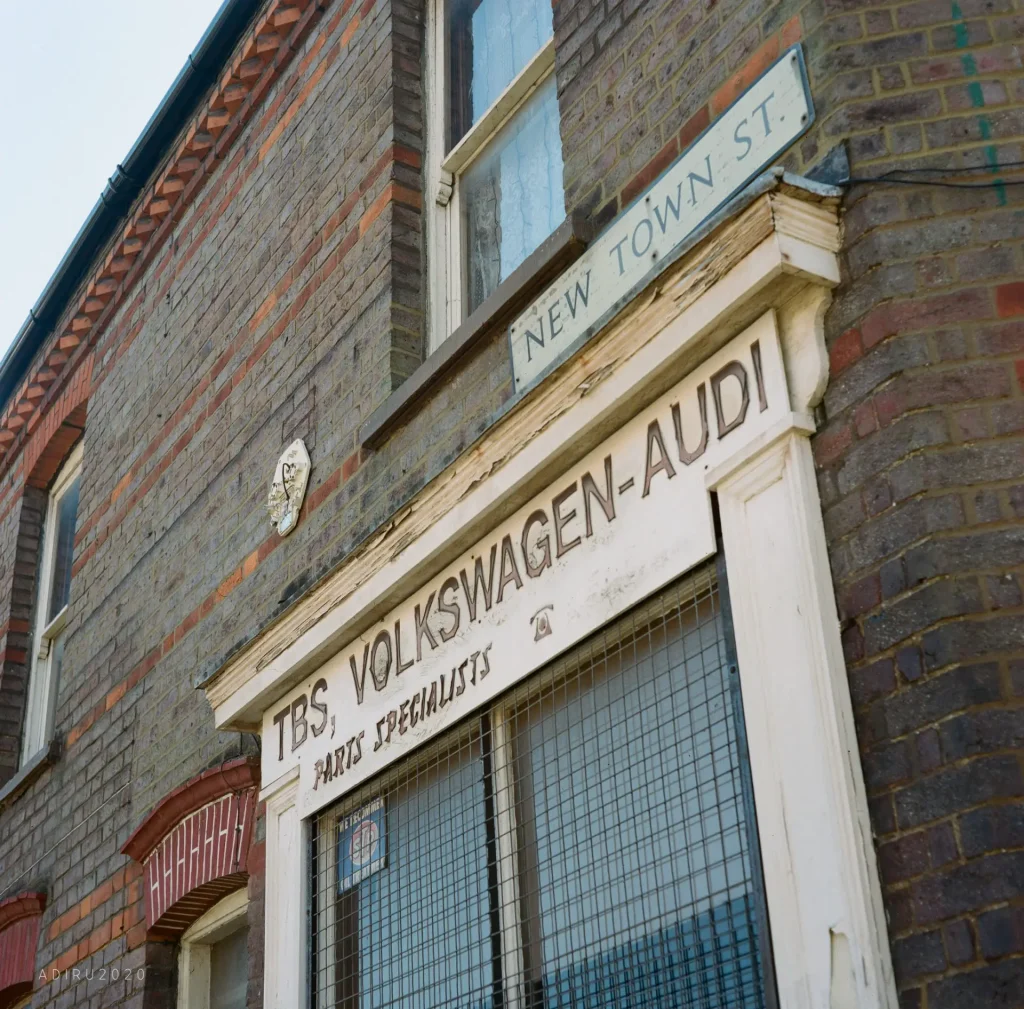
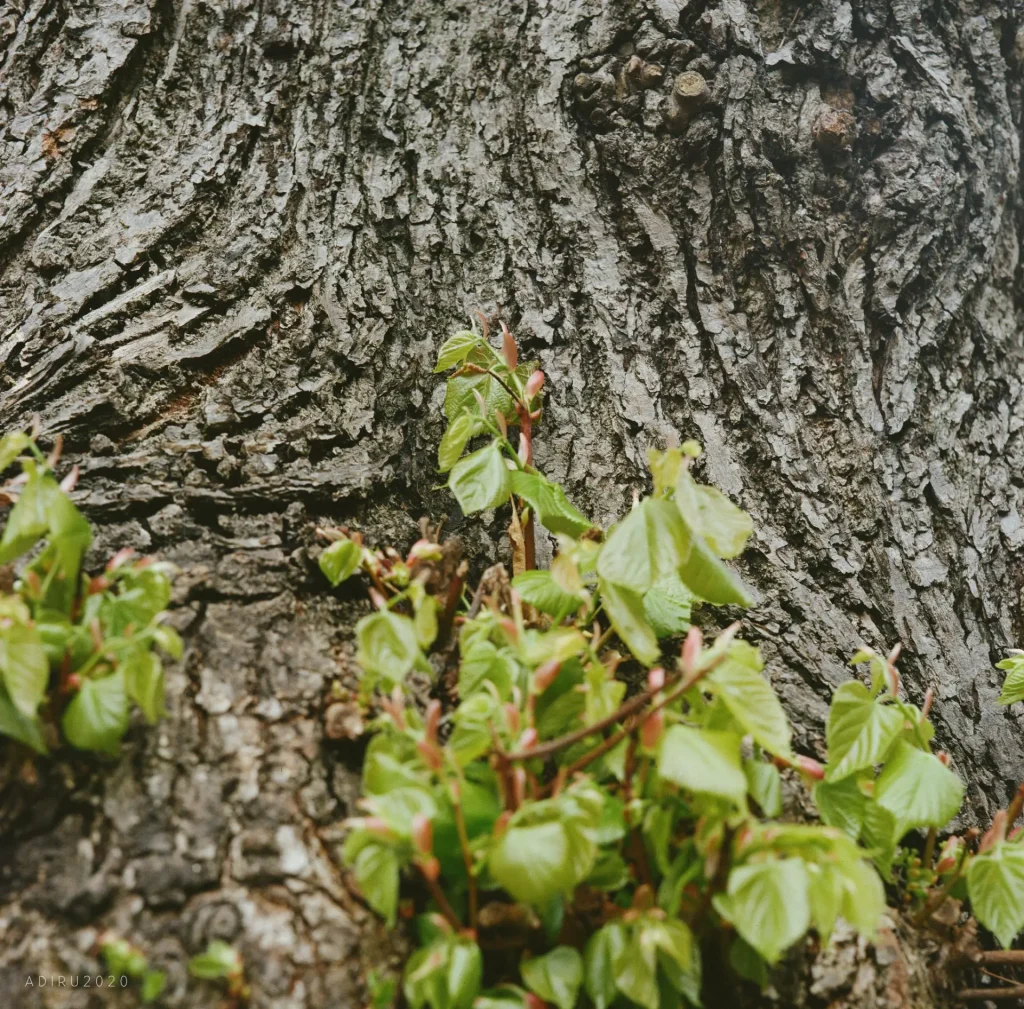
The images are from the Mamiya C330 are exceptionally sharp and detailed, while some can argue that the way the Mamiya glass renders its images and colours is more ‘clinical’ to the Zeiss or Schneider more natural look. I’m perfectly happy with how it came out, the contrast and details it can make is just mind boggling, even when compared to the 80mm f/2.8 Planar on my Hasselblad, the Mamiya 80mm can hold its own and beat the German in some respects. By no means this is saying the Zeiss lenses are rubbish, they are still very special in their own rights. This is more of a testament to the level of engineering, and optical wizardry that these cameras can achieve.
Generally speaking, the Mamiya C330F and most C bodies are wonderful, while aren’t as refined as the Rolleiflexes, so you will have to put up with some of its eccentricities. But don’t let that or the size difference scare you away from this wonderful masterpiece.
In short, do I recommend the Mamiya C330F or any of the C series? Yes, and no. There are a lot of the C bodies out there, with exceptional lenses too. And the prices are still somewhat affordable at the moment, so if you’re looking to jump from a SLR 120 system to something new, definitely the C series should be on your shortlist. But if you’re jumping from 135 to 120, I’d say try the SLRs cameras or other TLRs first, see which style you prefer before getting a ‘serious’ setup. But if you must have a Mamiya C body, look for the C220 bodies, they are exceptional in their own rights, and would suffice as an entry to the world of Mamiya 120 cameras.
If you made it this far, thank you for reading (skimming) through the ramblings of a 20 something year old camera geek. And if you want to see more of what I do, feel free to find me on Instagram
Share this post:
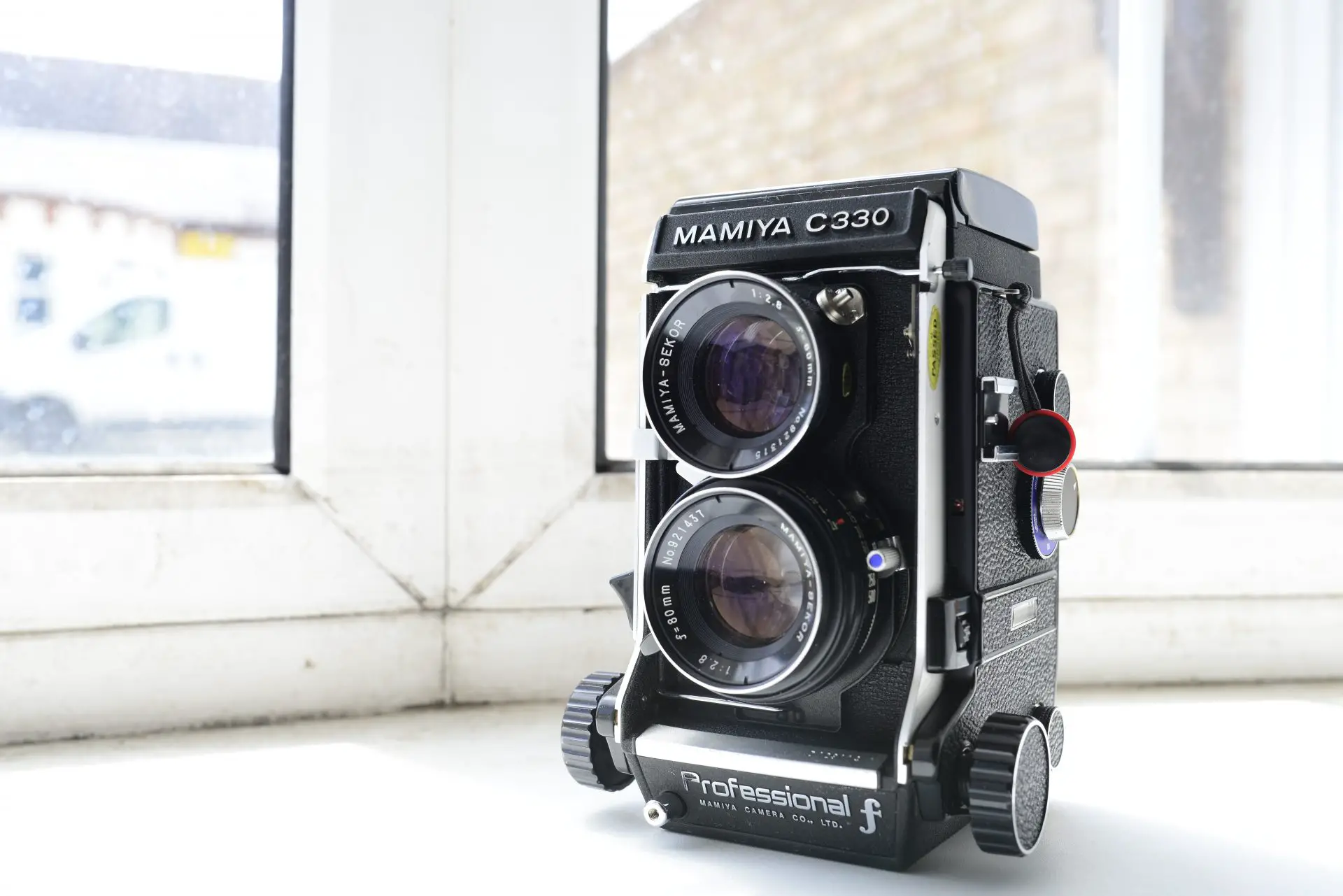








Comments
Kurt Ingham on Mamiya C330 Review – The hunt for the perfect 6×6 – By Anton McCloud
Comment posted: 13/07/2020
Scott Gitlin on Mamiya C330 Review – The hunt for the perfect 6×6 – By Anton McCloud
Comment posted: 13/07/2020
Marco Andrés on Mamiya C330 Review – The hunt for the perfect 6×6 – By Anton McCloud
Comment posted: 13/07/2020
On YouTube Eduardo Pavez-Goye discusses culling his camera collection before moving for grad school. While he expected to keep the c330 rather than the Rolleiflex 2.8e, he chose the Rolleiflex, since the glass produces sharper images and at 1250g vs 2040, the Rolleiflex was better suited to street and portraiture. He was willing to trade the flexibility of the Mamiya glass. And the C330 bellows are prone to leaks.
Comment posted: 13/07/2020
Philip gregson on Mamiya C330 Review – The hunt for the perfect 6×6 – By Anton McCloud
Comment posted: 13/07/2020
dezutter etienne on Mamiya C330 Review – The hunt for the perfect 6×6 – By Anton McCloud
Comment posted: 14/07/2020
Kodachromeguy on Mamiya C330 Review – The hunt for the perfect 6×6 – By Anton McCloud
Comment posted: 14/07/2020
Leo Tam on Mamiya C330 Review – The hunt for the perfect 6×6 – By Anton McCloud
Comment posted: 01/08/2020
Shaun on Mamiya C330 Review – The hunt for the perfect 6×6 – By Anton McCloud
Comment posted: 10/10/2020
Thanks,
Shaun
Comment posted: 10/10/2020